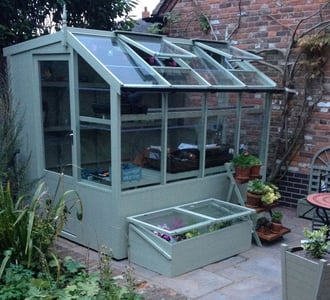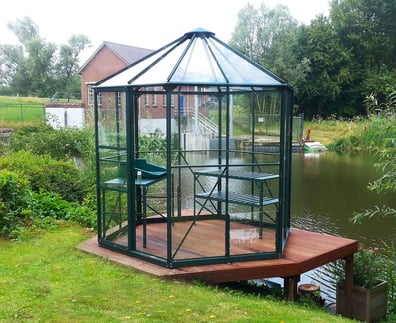The Ultimate Guide to Building and Maintaining Greenhouses
The Ultimate Guide to Building and Maintaining Greenhouses
Blog Article
Greenhouse gardening is one of the most satisfying methods to develop crops year-round, but it takes careful preparing and practices to ensure success. With managed conditions, you can feed crops no matter outside weather, but it requires the best techniques to generate a perfect atmosphere within your greenhouse.Below are a few important methods to simply help your flowers thrive through the year.

Focus on Temperature Control
Sustaining the best temperature is crucial for greenhousegardening. Plants thrive in numerous heat ranges depending on their form, therefore it's necessary to check and change temperatures accordingly. Throughout colder months, invest in a reliable greenhouse heater or warmth techniques to maintain warmth. Use automatic vents or supporters in summer to avoid overheating, as conditions above 85°F may stress plants and stunt their growth. Coupling these techniques with a straightforward thermometer lets you keep a constant environment.
Manage Humidity Levels
While greenhouses normally keep higher moisture degrees, a lot of water may encourage shape or form growth. For a healthy balance, evaluate moisture often employing a hygrometer. Aim for approximately 50-70% general humidity, changing with correct ventilation programs or even a dehumidifier if needed. Moreover, spacing plants appropriately guarantees better air flow, lowering the chance of fungal diseases.
Choose the Right Plants
Not all flowers are suited to greenhouses. To increase deliver and accomplishment, choose crops that align well with the growing season and your greenhouse conditions. During colder months, develop crops like lettuce, kale, or broccoli, which flourish in a cooler environment. Warm-weather crops like tomatoes, cucumbers, and peppers blossom in the spring or summer within larger temperatures. Mixing complementary plants also helps develop biodiversity and obviously deters pests.

Use Quality Soil and Fertilizers
The grade of your land straight affects place growth. Select a nutrient-rich soil mix specifically made for greenhouse plants. Enrich your planting bedrooms with organic matter like compost to improve fertility. Regularly give your crops with fertilizers suited to their needs—some crops may involve high nitrogen for leafy growth, while the others prosper with potassium-rich mixes for fresh fruit development.
Practice Integrated Pest Management
Pests can find their way in to actually probably the most controlled greenhouses. Introduce beneficial bugs like ladybugs to focus on dangerous pests such as for example aphids naturally. Inspect flowers frequently and eliminate any pests physically if discovered early. Consider normal or substance remedies as a last resource but utilize them moderately to prevent hurting helpful bacteria and organisms.
For more information make sure you click on this kind of link greenhouses for sale. Report this page